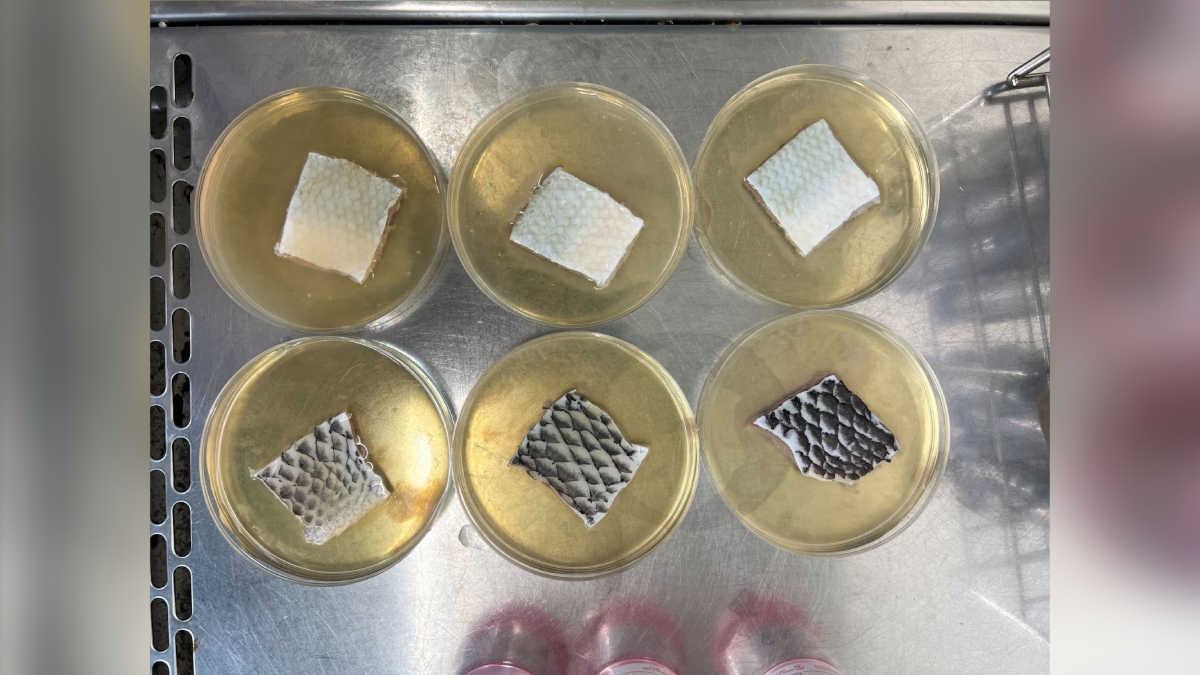Milkfish (Chanos chanos), locally known as “bangus,” may offer a cost-effective solution for treating severe burns and injuries, according to a groundbreaking study by Ateneo de Manila University scientists. The research highlights the potential of bangus skin as a sustainable alternative for wound dressings, particularly in developing countries like the Philippines.
When skin is extensively damaged, such as in third-degree burns that affect all layers of the skin, doctors often use artificial skin to protect the area and promote tissue regeneration. While tilapia skin has been explored in previous studies, this marks the first time milkfish skin has been evaluated for medical use.
Milkfish is a staple in Filipino aquaculture, widely cultivated and readily available. The study suggests that utilizing bangus skin for wound care could significantly reduce reliance on imported medical supplies, while also addressing environmental concerns by repurposing fish skin, a material typically discarded as waste.
“Among the economically significant fish species in the Philippines, bangus is one of the most widely cultivated. However, limited research has been conducted on the suitability of milkfish skin for wound care,” the researchers noted in their paper. They emphasized its abundance and collagen-rich properties as key factors in expanding donor options for fish skin grafting.
The researchers, Dr. Janice Ragaza and Bianca Patrice Go from Ateneo’s Aquatic and Fisheries Resources Laboratory, compared milkfish and tilapia skins obtained from a Metro Manila market. Both samples underwent processing to ensure cleanliness and uniformity, with some treated using a silver nanoparticle (AgNP) solution for sterilization, while untreated samples served as controls.
The AgNP-treated bangus samples demonstrated complete resistance to bacterial and fungal growth, with microscopy revealing that milkfish skin retained its collagen integrity as effectively as tilapia skin. These findings suggest that milkfish skin could serve as a viable, affordable option for wound care in areas with limited access to advanced medical treatments.
“By demonstrating that milkfish skin can be effectively sterilized and used similarly to tilapia skin, this research provides innovative, cost-effective, and sustainable wound-healing solutions. This finding has the potential to transform wound care in underserved areas,” the study concluded.
The paper, titled “Determining the Applicability of Milkfish (Chanos chanos) for Skin Grafting through Microbiological and Histological Evaluations,” was published in the November 2024 issue of BIO Web of Conferences.






